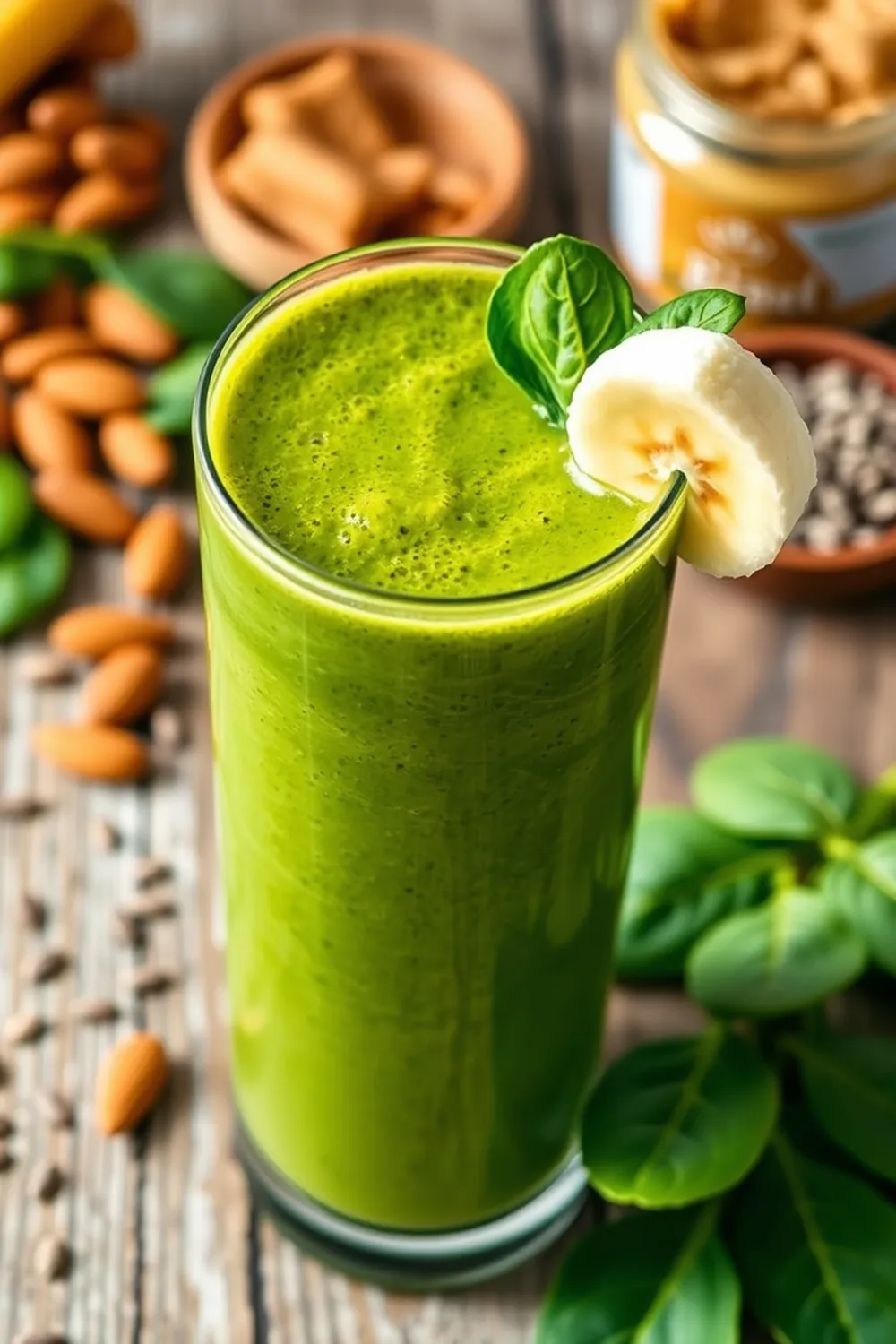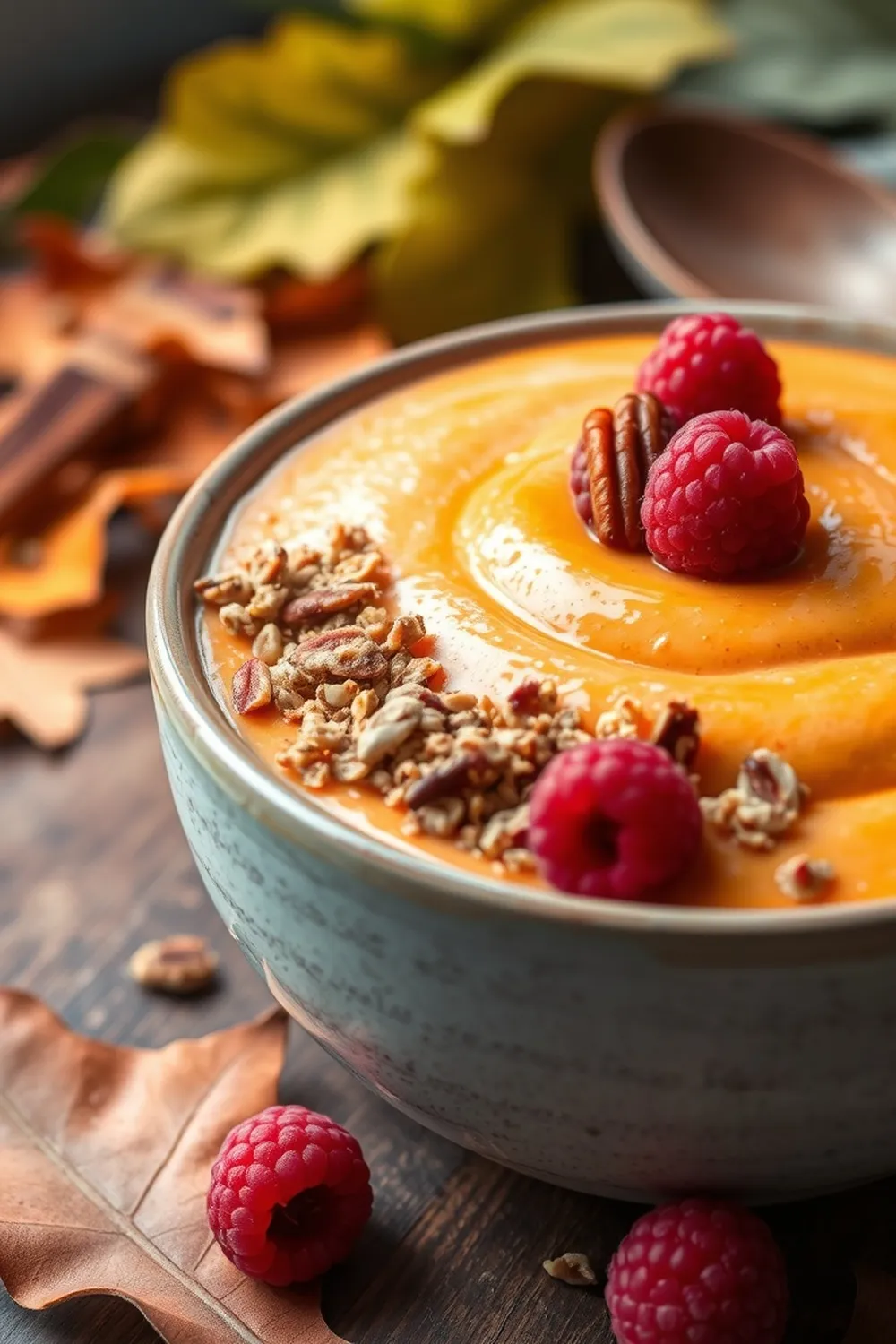- Soak ragi semiya in 1 liter of water for 3-5 minutes, then drain completely.
- Steam drained semiya in an idli steamer for 4-5 minutes, or until cooked through.
- Fluff steamed semiya with a fork to separate the strands. Divide into two equal portions.
- For Upma: Heat oil in a pan. Temper mustard seeds, urad dal, chana dal, and curry leaves.
- Add sliced onions and green chilies. Sauté until onions soften. Season with salt.
- Mix in half of the cooked semiya until well combined. Serve warm.
- For Sweet Version: Combine the remaining semiya with grated coconut, sugar, cardamom powder, and a pinch of salt.
- Mix gently once cooled. Optional: Add ghee for enhanced flavor before serving.
- Calories:220 kcal25%
- Energy:920 kJ22%
- Protein:5 g28%
- Carbohydrates:45 mg40%
- Sugar:10 mg8%
- Salt:150 g25%
- Fat:3 g20%
Last Updated on 4 months by Neha Deshmukh
Ragi Semiya Upma & Sweet Recipe – Coconut Cardamom Delight
Hey everyone! I’m so excited to share this recipe with you – it’s a delightful twist on traditional upma and a sweet treat all in one, starring the incredible ragi semiya. I first stumbled upon ragi semiya a few years ago, and I’ve been hooked ever since. It’s such a versatile ingredient, and this recipe really lets its nutty flavor shine. Let’s get cooking!
Why You’ll Love This Recipe
This Ragi Semiya recipe isn’t just about deliciousness; it’s about wholesome goodness too! It’s quick to make, incredibly versatile – offering both a savory upma and a sweet delight – and packed with nutrients. Perfect for a speedy breakfast, a light lunch, or even a satisfying evening snack. Plus, it’s a fantastic way to introduce ragi into your diet if you’re not already familiar with its benefits.
Ingredients
Here’s what you’ll need to whip up both the savory upma and the sweet version:
- 2 cups Ragi Semiya (approx. 200g)
- 0.25 cup Coconut, grated (approx. 30g)
- 2.5 tablespoons Sugar (approx. 30g)
- 1 Cardamom
- 1 Onion, medium-sized
- 2 Green chillies
- 1 teaspoon Oil
- 0.5 teaspoon Mustard seeds
- 1 teaspoon Urad dal (split black lentils)
- 2 teaspoons Chana dal (split chickpeas)
- 1 sprig Curry leaves
- Pinch of Salt
Ingredient Notes
Let’s talk ingredients! A few little tips from my kitchen to yours:
- Ragi Semiya: We’ll dive deeper into this amazing ingredient below!
- Coconut: Freshly grated coconut is always best for the sweet version, giving it a lovely aroma and texture. But if you’re short on time, unsweetened desiccated coconut works just fine.
- Cardamom: Don’t skimp on the cardamom! It’s what gives the sweet version that beautiful, fragrant flavor. I prefer using green cardamom pods and lightly crushing them just before adding.
- Green Chillies: Adjust the number of green chillies based on your spice preference. I like to use slightly milder green chillies for a gentle warmth.
- Dals: Using a mix of urad and chana dal adds a lovely textural contrast to the upma.
Ragi Semiya: Nutritional Benefits & Where to Find It
Ragi, also known as finger millet, is a powerhouse of nutrients! It’s rich in calcium, iron, fiber, and antioxidants. It’s naturally gluten-free and has a low glycemic index, making it a great choice for everyone. You can usually find ragi semiya in Indian grocery stores, health food stores, or online.
Coconut: Fresh vs. Dried – Which to Use?
For the sweet version, fresh coconut is the star! It adds a beautiful aroma and a delicate sweetness. However, if fresh isn’t available, use unsweetened desiccated coconut. About 1/4 cup of desiccated coconut is a good substitute for 1/2 cup of fresh.
Cardamom: The Queen of Spices & Its Flavor Profile
Cardamom is often called the “Queen of Spices” for a reason! It has a complex flavor profile – floral, citrusy, and slightly minty. A little goes a long way, so don’t overdo it. I like to lightly crush the pods to release their aroma before adding them to the sweet version.
Regional Variations in Ragi Recipes
Ragi is a staple in many South Indian cuisines. You’ll find it in everything from dosas and idlis to porridge and even rotis. In Karnataka, ragi mudde (ragi balls) are a popular accompaniment to sambar and chutney. Each region has its own unique way of preparing ragi, and this semiya version is just one delicious example!
Step-By-Step Instructions
Alright, let’s get cooking!
- Soak the Semiya: Start by soaking the ragi semiya in 1 liter of water for exactly 3 minutes. Don’t soak it for longer, or it will become mushy. Then, drain it completely.
- Steam it Up: Now, steam the drained semiya in an idli steamer for 4-5 minutes, or until it’s cooked through. You’ll know it’s ready when it’s soft and fluffy.
- Fluff and Divide: Once steamed, fluff the semiya with a fork to separate the strands. Divide it into two equal portions – one for the upma and one for the sweet treat.
- Upma Time! Heat oil in a pan. Add mustard seeds and let them splutter. Then, add urad dal, chana dal, and curry leaves. Sauté until the dals turn golden brown and fragrant.
- Sauté & Season: Add sliced onions and green chillies to the pan and sauté until the onions soften. Season with salt.
- Combine & Serve: Mix in half of the cooked semiya until everything is well combined. Serve the upma warm.
- Sweet Delight: For the sweet version, combine the remaining semiya with grated coconut, sugar, cardamom powder, and a pinch of salt.
- Mix & Enjoy: Mix gently once cooled. For an extra touch of richness, you can add a teaspoon of ghee before serving.
Expert Tips
Here are a few tips to help you nail this recipe:
- Achieving the Perfect Texture for Ragi Semiya: The key is not to overcook the semiya. It should be soft and fluffy, but still have a slight bite.
- Preventing Ragi Semiya from Sticking: Make sure to drain the semiya thoroughly after soaking and fluff it well after steaming.
- Tips for Tempering Spices: Always heat the oil well before adding the mustard seeds. This ensures they splutter nicely and release their flavor.
Variations
Let’s get creative!
- Vegan Ragi Semiya Recipe: Simply omit the ghee in the sweet version.
- Gluten-Free Adaptations: This recipe is naturally gluten-free! Just double-check that your spices are also gluten-free.
- Spice Level Adjustments (Mild, Medium, Spicy): Adjust the number of green chillies to control the spice level. You can also add a pinch of red chilli powder for extra heat.
- Festival Adaptations (Navratri, Pongal): This recipe is perfect for festive occasions! You can add seasonal vegetables to the upma for a more elaborate dish.
Serving Suggestions
This Ragi Semiya is delicious on its own, but here are a few serving suggestions:
- Serve the upma with a side of coconut chutney or sambar.
- Enjoy the sweet version as a standalone dessert or with a cup of chai.
- Pack it for a healthy and satisfying lunchbox treat.
Storage Instructions
Leftover upma can be stored in an airtight container in the refrigerator for up to 2 days. Reheat gently before serving. The sweet version is best enjoyed fresh, but can also be stored in the refrigerator for a day or two.
FAQs
Let’s answer some common questions:
- What is Ragi Semiya and is it good for health? Ragi semiya is a type of vermicelli made from finger millet (ragi). It’s incredibly nutritious, packed with calcium, iron, and fiber.
- Can I use a different type of sweetener instead of sugar? Absolutely! You can use jaggery, honey, or maple syrup as a substitute for sugar. Adjust the quantity to your taste.
- How do I know when the Ragi Semiya is fully cooked? The semiya is cooked when it’s soft and fluffy, but still has a slight bite. It shouldn’t be mushy.
- Can this be made ahead of time? The upma is best enjoyed fresh, but you can steam the semiya ahead of time and store it in the refrigerator.
- What can I add to the upma for extra protein? You can add chopped vegetables like peas, carrots, and beans, or even a handful of roasted peanuts or cashews.










